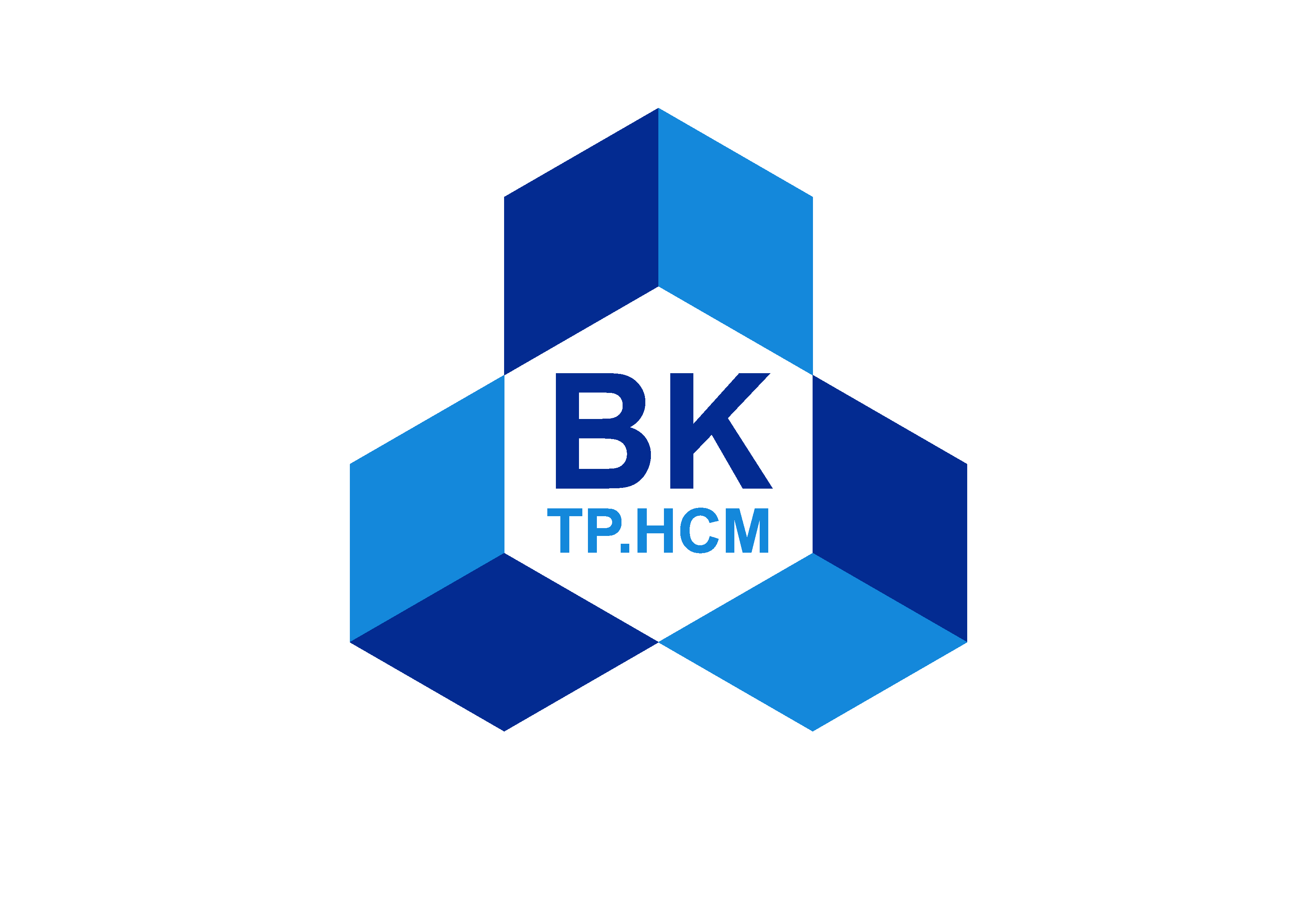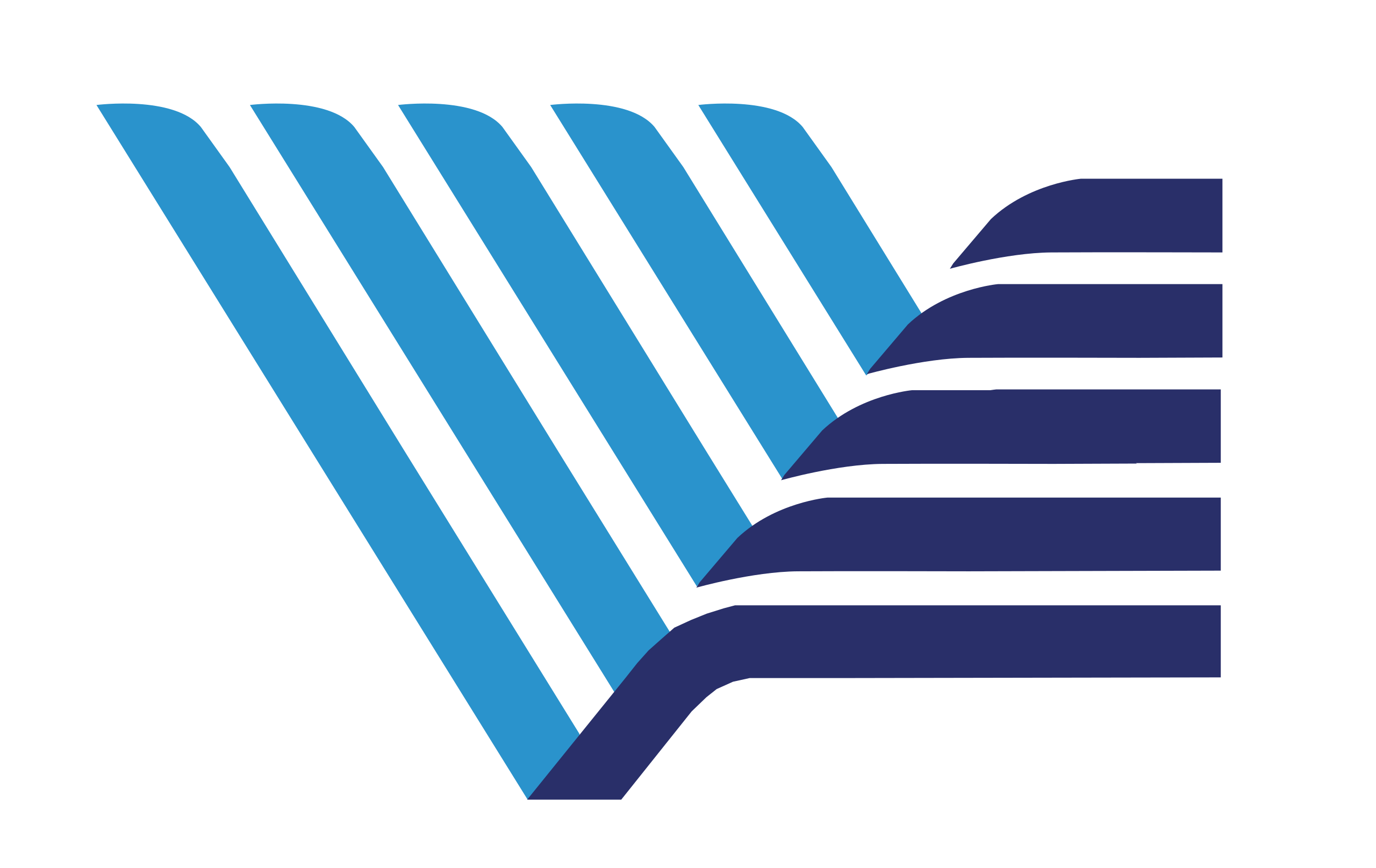Downloads
Abstract
Autoclaved Aerated Concrete (AAC) is a Lightweight, Load-bearing, High-insulating, Durable building product, which is produced in a wide range of sizes and strengths. AAC Blocks is lightweight and when compared to the red bricks, AAC blocks are three times lighter. AAC block is rapidly developing in Vietnam. The block has more advantages such as precast, and easy installation. AAC is produced from the common materials: lime, sand, cement and water, and a small amount of rising agent. After mixing and molding, it is then autoclaved under heat and pressure to create its unique properties. Then, the AAC block will be cut into block brick by steel wire. When cutting the ACC block, the block brick surface must be smooth so that it is unnecessary to mortar. Furthermore, the roughness of the surface must be smaller than 0.1mm to paint the wall easily. The block dimension also need high precision so that the wall will be straight when blocks are superposed. However, in this paper, the roughness of the block surface will be only researched because the roughness will decide the cost, and the dimension decide the estheticism of wall. The block is made by using steel wires to cut big AAC blocks into small blocks. Effects of processing parameters on the performance of the steel wire sawing processes are wire speed, feed rate and tension. Each parameter will affect surface quality with different effects. In addition, these parameters affect each other, which causes scratches on the AAC surface. Experiments will be made to measure the height of roughness with the change of wire speed, feed rate and tension. The best parameters will be found, which helps the AAC manufacturer to obtain the higher quality.
Issue: Vol 4 No 1 (2021)
Page No.: 731-738
Published: Mar 30, 2021
Section: Research article
DOI: https://doi.org/10.32508/stdjet.v4i1.795
Download PDF = 355 times
Total = 355 times

 Open Access
Open Access 










